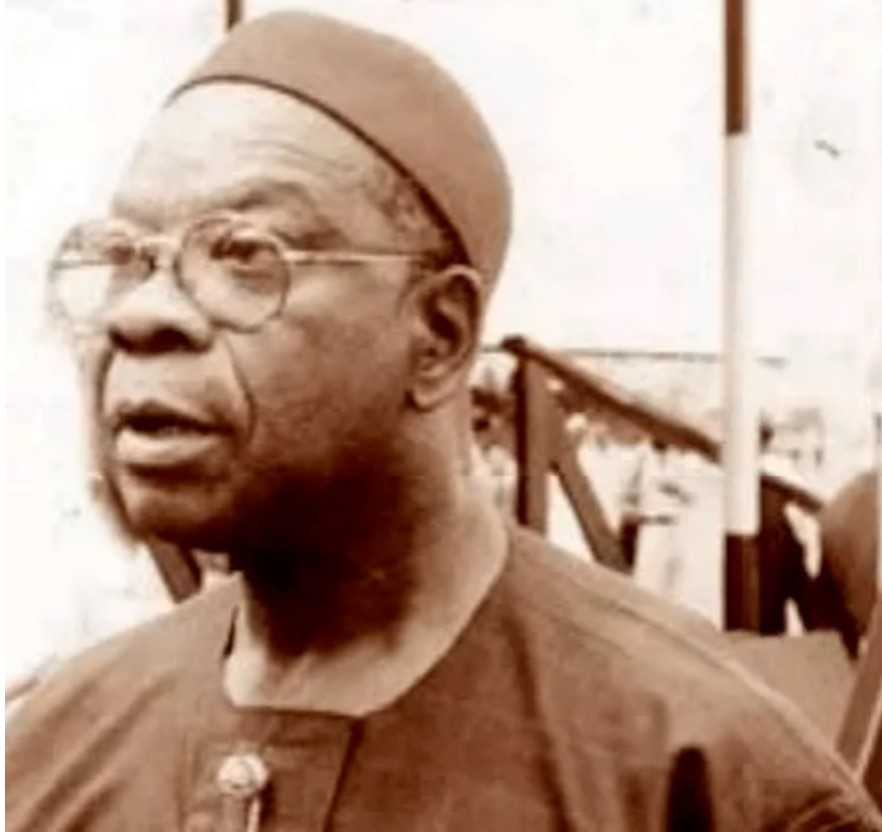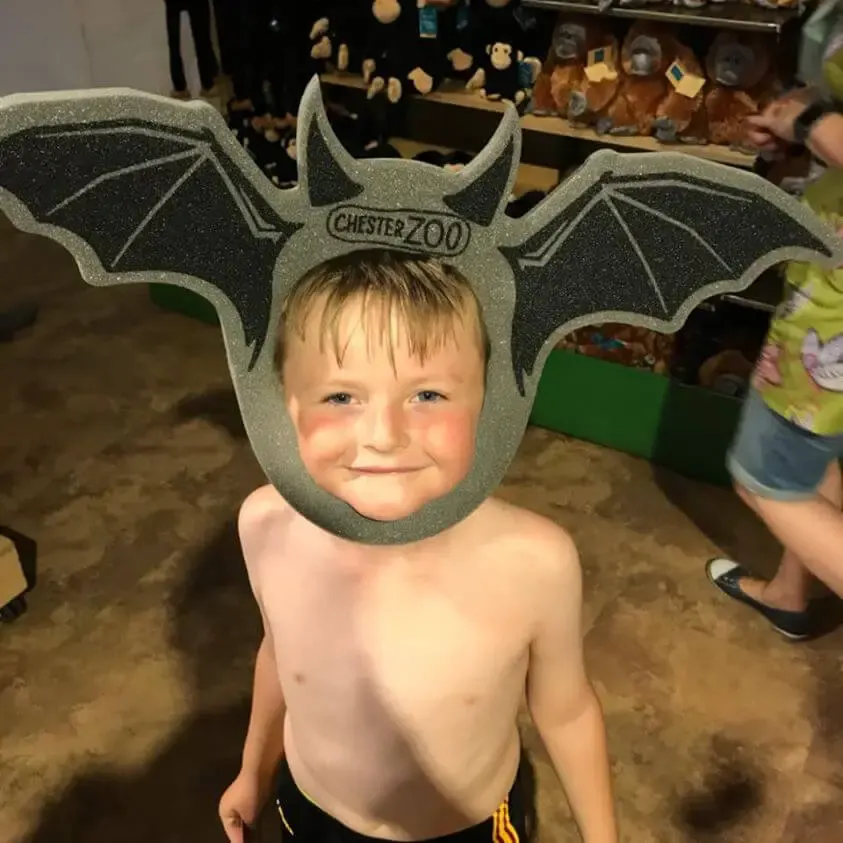One should expect almost anything in the political scene of Nigeria. But should one expect the removal of a Nigerian Senate President from office because of his name? Yes, because it happened back in 1999, to Evan Enwerem Senator Evan Enwerem was removed as the first president of the Senate in Nigeria’s fourth republic because an investigating committee wasn’t sure whether his real name was Evan or Evans…Click Here To Continue Reading>> …Click Here To Continue Reading>>
Evan Enwerem’s case became the first major political scandal of President Olusegun Obasanjo’s civilian regime in 1999. As at then, the country had just ended military rule and had Obasanjo (who was once a military ruler) serving as president of the country.
Enwerem was elected to the Nigerian Senate in 1999 to represent the Imo-East Senatorial Zone. On the 3rd of June, 1999, Enwerem beat his chief rival, Senator Chuba Okadigbo, for the Senate presidency.
President Olusegun Obasanjo backed Enwerem for President of the Senate against Okadigbo and with the support of Obasanjo’s allies in the governing parties, plus support from two Nigerian opposition parties, Enwerem easily defeated Okadigbo with 66 votes to Okadigbo’s 43 votes.
However, Evan Enwerem did not know that his victory would not last long as he only reigned for five months before being kicked out of office over his name which he described simply as a typographical error.
But some analysts were not surprised by his removal because he emerged as Senate president under some controversial circumstances.
How The Removal of Evan Enwerem Happened
From 1980 to 1983, Evans Enwerem served as the chairman of the Nigerian Airports Authority (NAA) before getting elected as the governor of Imo State in the 1990s when the then head of state, Ibrahim Badamasi Babangida, lifted the ban on political activity in Nigeria.
At the commencement of the fourth republic by Obasanjo in June 1999, Enwerem was elected to the Nigerian Senate as a senator representing Imo East in 1999.
But he wanted more than that, so he began moves to grab the lead seat in the Senate (Senate president). Running against a stronger opponent, Chuba Okadigbo, for the Senate president seat began his woes and that of the Senate.

Okadigbo, from Anambra State, who had served as Political Adviser to President Shehu Shagari in the second republic, was the popular choice for the senate president position.
Ahead of the inauguration of the Senate in 1999, Okadigbo, in a quiet campaign, visited almost every senator-elect to appeal for support for his aim to be Senate president. READ FULL STORY HERE>>>CLICK HERE TO CONTINUE READING>>>
Having an “overwhelming majority” of the Senators of the dominant Peoples Democratic Party (PDP), Okadigbo was confident of winning, but days before the contest, reports said Obasanjo began a campaign against him, using two opposition parties and a few senators from the governing PDP.
On election day in June 1999, Enwerem defeated Okadigbo by 66 votes to 43 votes. He became Senate president against the desire of the majority of his party members in the PDP.
“That election was to signpost the instability that was to characterize the Senate and nay, National Assembly for the eight years Obasanjo served as President,” according to the Vanguard.
Enwerem during his time as Senate president did not hide his allegiance to Obasanjo and soon question marks were raised on his qualification to continue to hold the post.
It started with a publication from a Lagos-based magazine, TELL. In its August 1999 edition, it alleged that Enwerem had altered his personal records and name. Later accused of corruption, a Senate committee was set up to investigate Enwerem.
During this period, there was a long debate over whether his name was Evan or Evans with allies of Okadigbo maintaining that he had intentionally falsified his name and age “for a dubious gain”.
Enwerem claimed that it was a spelling error, nevertheless, on November 18, 1999, he was removed from office. His removal occurred on the day he followed Obasanjo and his entourage to the airport to see the president off on a foreign trip. In Enwerem’s absence, reports said Okadigbo’s allies mobilized signatures to remove him from office as Senate president.
He was, however, allowed to remain in the Senate as an ordinary member representing Imo East till the end of his tenure in 2003.
Okadigbo, who replaced Enwerem as Senate president, was loved at first but it didn’t take long for him to also be accused of corruption. In 2000, he was impeached but remained in the Senate as the senator representing Anambra North.



























